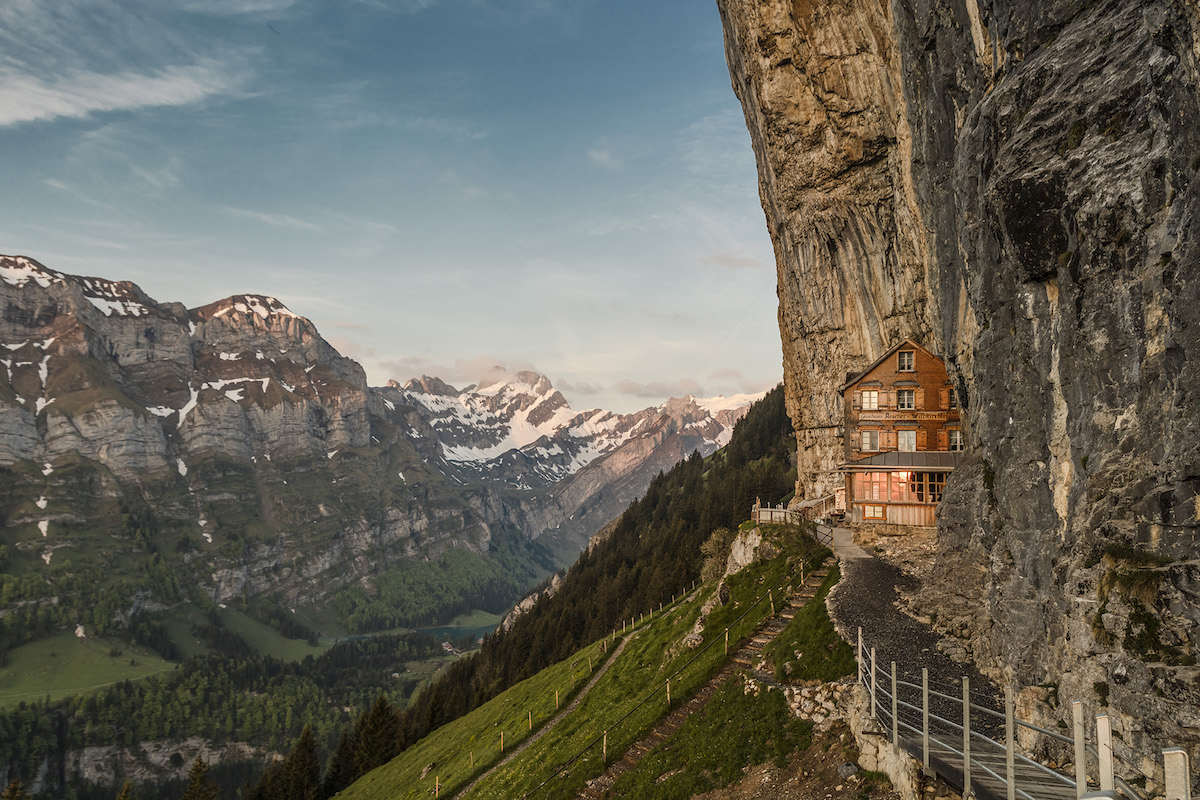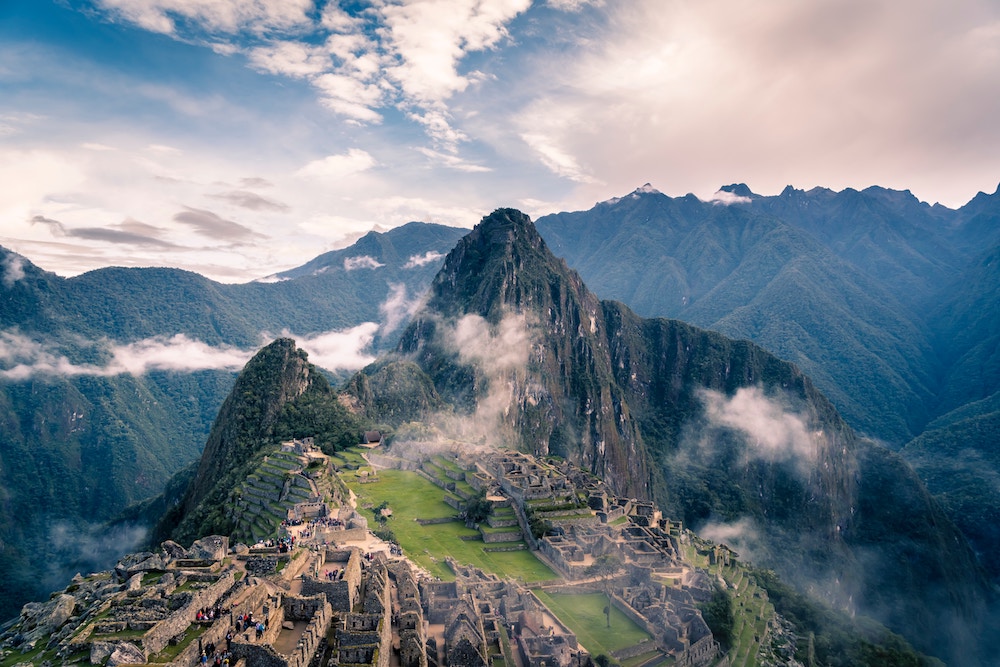
Is Instagram Killing Some of the World’s Most Beautiful Travel Spots?
September 11, 2018
Rana Good is the founder of Naïra NYC. A writer for publications such as Forbes, Travel + Leisure, Coveteur, Mens Journal and others, she created her own platform celebrating women of color.
Instagram can be a blessing and a curse. On one hand people can discover some of the most beautiful places on the planet just by scrolling their phone. On the other hand, even the most obscure places become accessible to millions of people which can result in mass tourism to destinations that might not be able to handle the influx of people.
One such place is Switzerland’s Berggasthaus Aescher, a mountain restaurant that’s attracted visitors from around the world with its unique cliffside location. Every single day this picturesque dining destination is filled to capacity with tourists. It only has two toilets per gender for hundreds of guests and limited water resources — so much so that guests need to use hand sanitizer instead of washing their hands. As for cuisine, 14,000 kilos of potatoes are hand-peeled and cooked each season, in part because the spud doesn’t require any water to cook. Cooking noodles, for example, would be an impossible feat. The restaurant hasn’t been renovated since the ‘80s so it can’t accommodate its explosive growth in popularity which is why its current management has decided to not renew their lease. They couldn’t convince the owners to make improvements which they deemed were essential to sustain the flocks of visitors. However that doesn’t necessarily mean the popular destination is closing – it just needs new tenants and possibly new investors. Currently, the future of this impossibly beautiful spot is somewhat unclear although it seems that there are plenty of new offers on the table.
Berggasthaus Aescher isn’t the first place that has gone from an under the radar secret to a phone-wielding Instagram hot spot. Thailand’s Maya Bay first popularized in Leonardo DiCaprio Movie The Beach was closed this June until end of September after coral reefs had been damaged and most sea life rendered non-existent. As many as 200 boats and 4,000 visitors had been coming every day however the government decided to make some necessary changes. Going forward boats will no longer be able to anchor there or dock on the beach and will instead have to stop on the other side of the island on floating piers. There will also be a limit of 2,000 tourists per day.

Maya Bay follows the lead of Philippine Island Boracay which closed in April this year for six months following reports of poor waste management, environmental damage and overtourism. In Europe, Santorini is an island that’s been positively overrun by tourists. Eight thousand tourists visit every day and at sunset there’s a borderline violent competition to take the perfect Instagram photo.
Like these popular islands, many historical sites have to regulate how many people come to visit them, such as Machu Pichu which changed its rules in 2017 to have two specific entrance times and stipulates that all tourists must come with an official tour guide. Venice is another historical site and city that can barely withstand all of the people who visit — it’s literally sinking and millions of tourists per year further exacerbate the problem. Additionally, Venetians are pushed out of their city. Their local markets diminish in size each year and with services like AirBNB, many locals are finding it harder to have a place to live in the city. Add to that many travelers are on their worst behavior, damaging architecture and being careless with the delicate waterways and you have a melee of problems. Most recently the city has been issuing fines against misbehaving tourists to curb further animosity between Venetians and tourists.
In the age of Instagram many people travel to get the “perfect shot” but what happens when the influx of tourists destroys the beauty of a place?
this article is very useful, thank you for making a good article